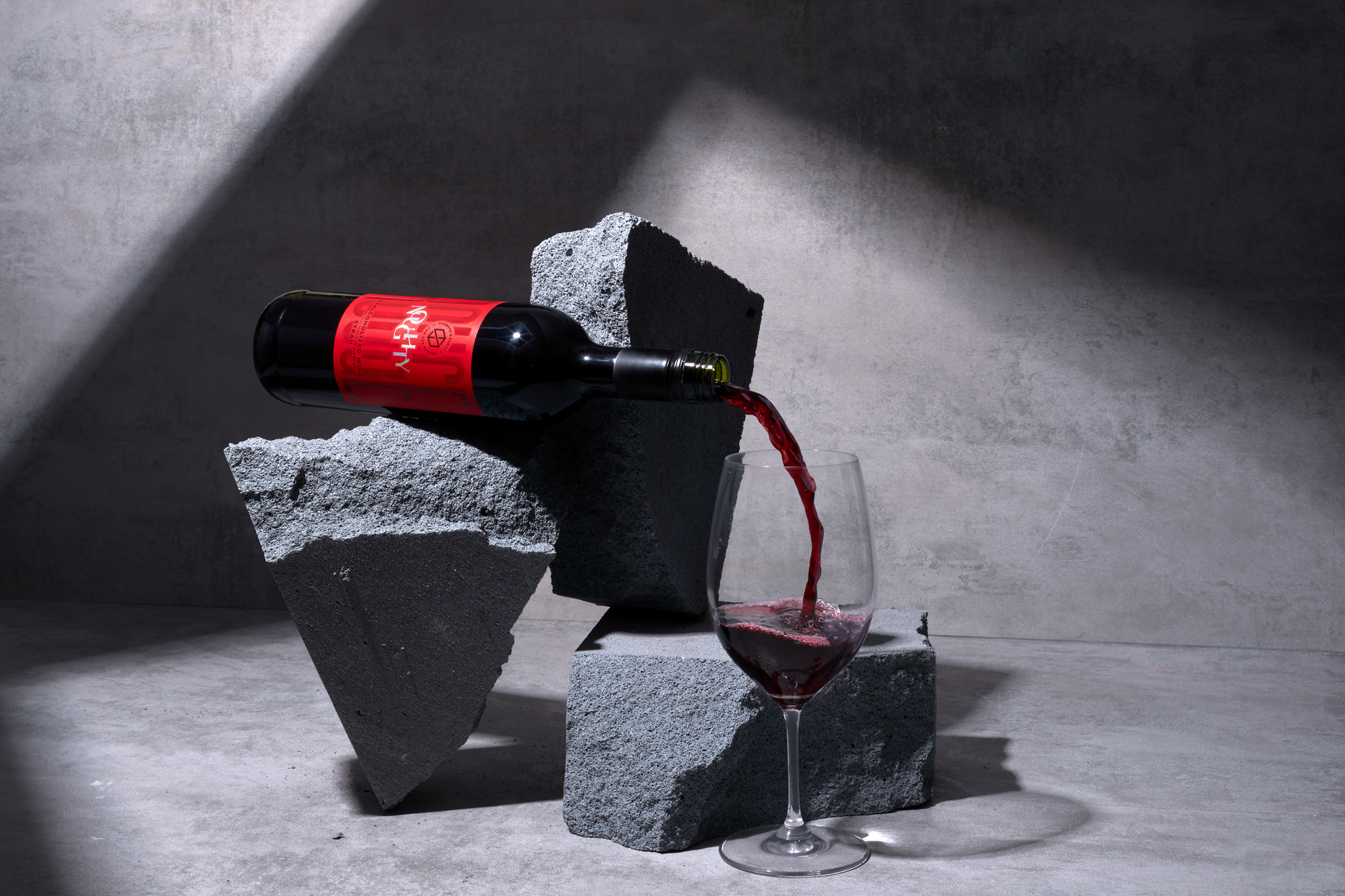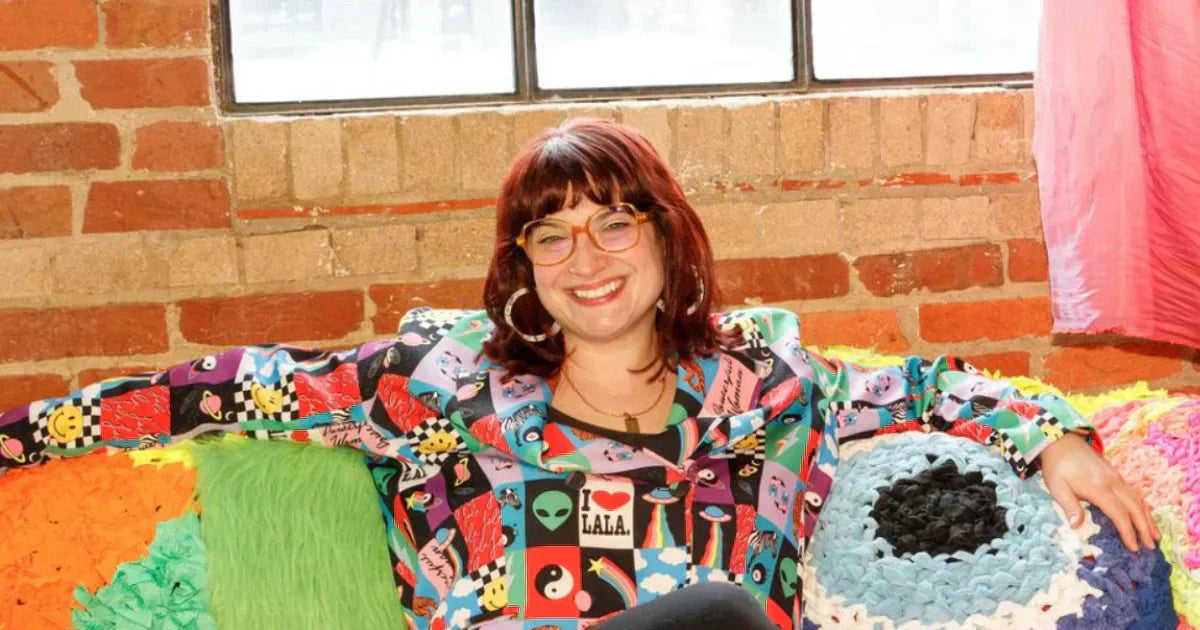When it’s finally spring in New York and the city’s blushing with cherry blossoms, the founder of Everleaf Paul Mathew has nothing to blush for. A conservation biologist privy to nature’s deepest secrets, Paul sources ingredients for his aperitifs at the top level, including at the tops of cherry trees, where crowns just turned pink. While to many of us cherry blossoms are just a way to spam our friends’ IG feeds, Paul went ahead and picked them as the star ingredient for one of Everleaf’s non-alcoholic blends, Everleaf Mountain. This floral, bittersweet variety made us feel fairy-like and close to nature—and who wouldn’t feel reborn sipping a drink made of petals? To balance the ethereal, we touched on the practical as well and asked Paul for exclusive tips he could share as a bartender and bar owner—from how to order zero-proof if it’s not on the menu to what secret things you can find tucked away under the bar, but only if you’re a favorite (read: polite and respectful) customer.
Could you talk a bit about your background and how it led to creating Everleaf?
There are two parts to that. Firstly, I used to be a conservation biologist working primarily on plants (following in my dad’s footsteps – he’s a botanist). Bartending supplemented that career, but eventually one overtook the other, and I opened The Hide Bar in London (16 years ago now, with The Arbitrager and Demon, Wise & Partners opening 7 years later). I’ve always wanted to combine the plant and drinks components though. The second part is that 4-5 years ago we started seeing more and more of our guests asking for no and low abv options at our bars. We wanted to offer them something we felt was as good as any of the best products on our back bar, and that kick-started the experimentation that led to Everleaf.
What's your approach to creating a flavor? Do you try to tell a story with a drink or maybe recreate happy moments from your past? Is the process always similar or do you improvize?
Just as when I'm making a cocktail, there are components of flavor, aroma, color, but also the storytelling that weaves throughout it. I start with an idea of flavor and what might appeal, then break it down into plants that might be the building blocks of that flavor, and gradually layer it back up, experimenting with different combinations until I have something that works together well. Each Everleaf variety definitely does that, whether it's swimming in the ocean before relaxing back on the shore surrounded by aromatic plants; climbing a mountain, then watching the sunset with a drink in hand when you're back down again, or experiencing the lush intensity of layers of forest, from canopy to leafy floor.
One of your drinks, Everleaf Mountain, is made with cherry blossoms. Do you only use the blossoms for it or maybe something else, like leaves? And how do you store them, if they’re seasonal?
Each of the three Everleaf varieties names a few key ingredients: Japanese cherry blossom being key for Mountain, along with rosehip and strawberry, but there are lots of others in there that make the whole thing work. If we were to list them all out, I think it would turn into a botanical checklist, so we keep it to the ones that give you the best idea of what it might taste like – in this case, savory, floral, with hints of berry fruit. Even in the case of a single ingredient like the cherry blossom though, there are lots of layers. That's actually cherry blossom along with the young leaves from the cherry that start to grow after the blossom has fallen. These are brined along with the blossom and fermented for a few months to let the flavors develop before being vacuum distilled.
When you picked the blossoms for one of the varieties, was there any symbolical meaning behind that?

I love the seasonality of ingredients and trying to capture those moments together in the drinks. In the case of the blossom in Mountain, it's that explosion of Spring color. A burst of energy as everything awakens. We try to capture that intensity in the flavor, along with something from the Summer – the strawberry and Autumn, the rosehip.
You said that alcohol’s viscosity was especially hard to replicate, but then acacia worked magic. Is there any other ingredient or texture that’s notoriously elusive when making NA?
We use something from the sea and something from the forest to give texture - red seaweed carrageenan and acacia tree gum. These add weight and a silky mouthfeel respectively, holding more complexity and letting the flavors develop better on the palate. They make Everleaf less watery and more satisfying. As for other ingredients, there are things that dissolve really well in alcohol that are hard to capture in NA - citrus oils for example. We use a lot of orange blossom in Forest to get that citrus note that you might otherwise use peels for in an alcoholic equivalent.
It often happens that growth outpace excellence, and no industry is immune to that. What do you think are some of the ways for brands in the non-alc sector to keep the painstaking manufacturing process under control?
When we first started production over four years ago, it was really hard to find partners who could help us grow our manufacturing. Much of the first two years were spent being in and out of stock which was incredibly frustrating. We learnt a lot though, and grew along with some great partners so that we're in a good place now. That said, I would rather be out of stock than cut corners on production. We order our cherry blossom once a year in the Spring for example; if we don't order enough, that'll mean we're out of stock for the rest of the year, but I rather like that - natural ingredients aren't unlimited - which is where our name comes from: Everleaf as we want our ingredients to be around forever. This is one of the reasons we have a relationship with conservation charities like Fauna & Flora in the UK and The Brooklyn Botanic Garden in the US.
As a bartender, would you say that design really matters for non-alc brands aiming at bar shelves? Can a great NA option be turned down only because it doesn’t fit in visually?
I think design is a reflection of what goes in the bottle. We take care and attention over all the layers, from what you see to what you taste. As for bar shelves in particular, they are a shop window for the bar, so being eye-catching certainly helps start a conversation. I wouldn't say design would necessarily lead to something being turned down though. As a bartender, I've kept plenty of secret bottles tucked away under the bar for favorite customers and off-menu drinks after all!
Your brand is definitely an a-lister at bars [only in the UK, Everleaf is sold in over 750 bars]. How best to enjoy it?

Our signature serves are all 1 part Everleaf, 3 parts light tonic, over ice in a stemmed glass as a Spritz. Garnish with lime for Marine, strawberries for Mountain, or orange for Forest. Switch the tonic for any favorite bubbles though, from club soda to sparkling NA wine or kombucha. That said, all the three Everleaf flavors are very versatile, and we've seen bartenders around the world use Marine like a gin or tequila (Marinegaritas, anyone?), Mountain like a vermouth in things like Manhattans and Negronis, and Forest in sours, highballs and just on the rocks with a twist of orange. We have some recipes on our website, and many more regularly on our socials!
Lastly, we need a pro tip. What's the best cocktail to order at a bar that doesn't have zero-proof and that can only offer to whip up the same drink minus the alcohol? In your experience, are there any options that’ll still be palatable when made that way?
Drinks that traditionally have a lighter style of base spirit can be pretty similar when made NA. A mojito with a demerara sugar syrup for example, or a basil smash without the gin. Then there's the espresso martini of course, which can be amazing with good espresso, and if you're after something richer, then a sour with maple syrup and a dash of orgeat makes a very agreeable alternative to whiskey (add some Everleaf Forest to either of those last two and you won't be disappointed either!)




